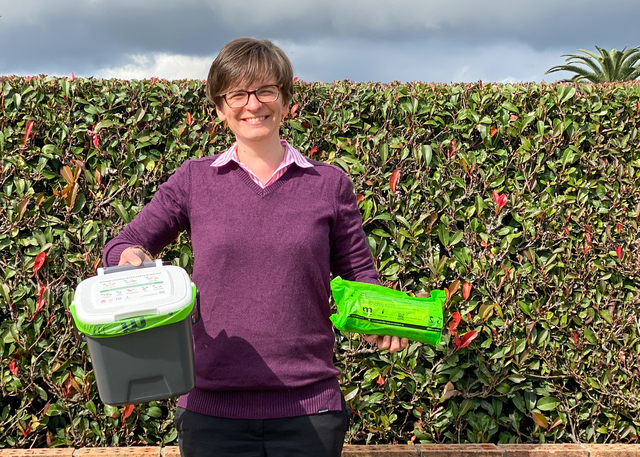Covering one sixth of Australia’s total land mass, Northern Territory currently has 63 Local Governments providing services for its 200,000 residents. It has six Municipal Councils, one town, 30 Community Government and 28 Association Councils which largely service small, remote communities. These Local Government bodies are responsible for five per cent of the total area in the Northern Territory, with the remaining 95 per cent being unincorporated land.
Delivering services to the many scattered, small and very remote communities is an on going issue which the Minister for Local Government, John Ah Kit, believes requires a new approach. The Minister has established five Regional Development Boards each made up of ten people who will provide advice direct to the Minister on regional development issues.
These Boards cover the following regions.
- Darwin (130,000 residents)
- East Arnhem (10,000 residents)
- Katherine (16,000 residents)
- Barkly (6,000 residents)
- Central Australia (38,000 residents)
“By building stronger regions, we build a stronger Territory,” John Ah Kit said. “With everyone involved in developing the Territory we give ourselves the best possible chance of achieving the outcomes we want.
“The Northern Territory is a unique part of Australia. It has a small population spread over a wide and diverse area. Proportionally it has the largest Indigenous population of any State and a huge potential to grow and develop. It is the diversity of the Territory that is its major strength. Each of the regions has different opportunities and challenges.”
The Government’s strategic approach is based on building sustainable regional economies, supported by social and economic development initiatives through negotiated governance arrangements and the provision of physical infrastructure necessary to maximise sustainable development.
The key to this is partnerships between the Northern Territory Government, the regions and individual Local Government bodies to progressively improve the levels of education, health, infrastructure and opportunity.
“We have had some teething problems,” John Ah Kit said. “However, although the Territory is geographically large, our small population has meant that community consultation – of bringing people together to build a better future – has been much easier.
“We have ongoing problems with funding from the Commonwealth Government and the fact that the ability to raise rates is limited. Moving to regional local authorities, similar to Shires will enable greater coordination of services and resource sharing leading to better services, growth and, most importantly, improved opportunities for our young people.”







